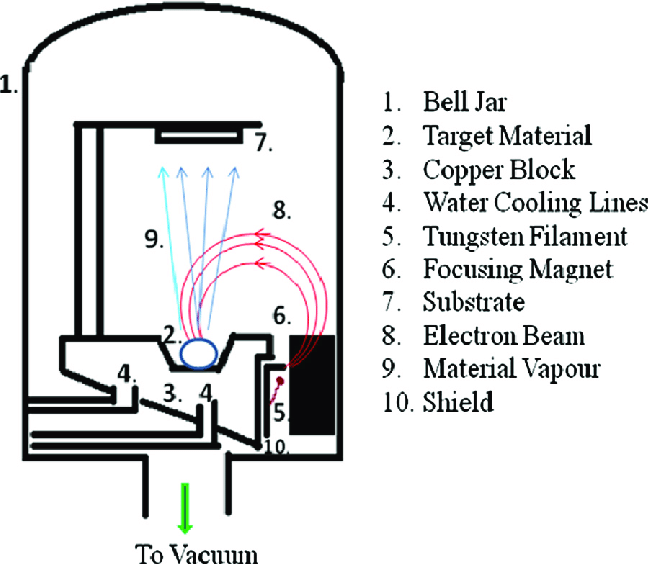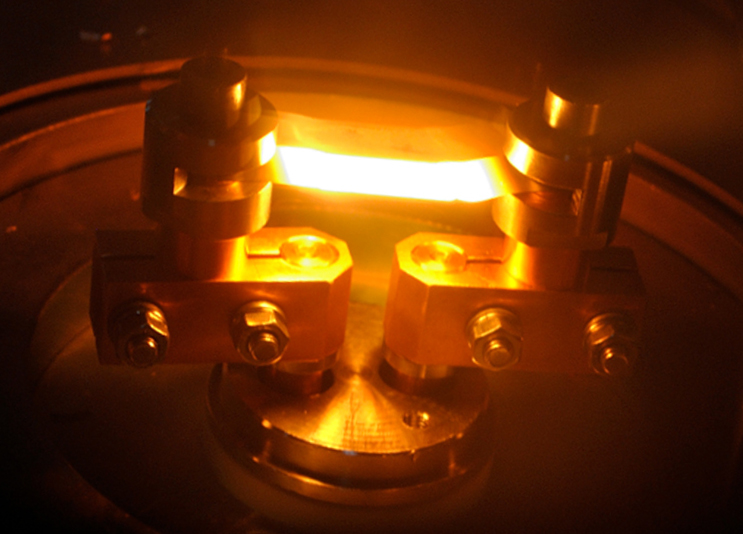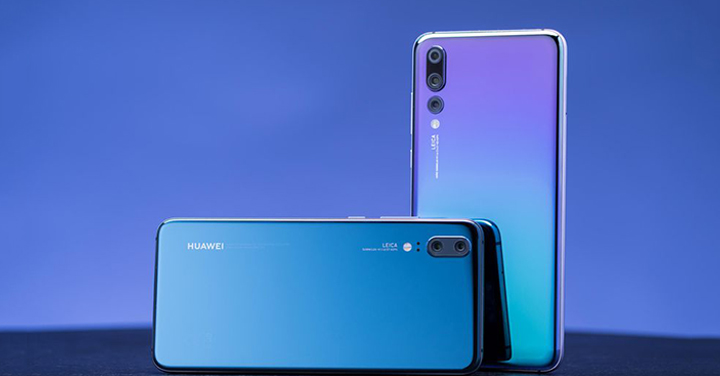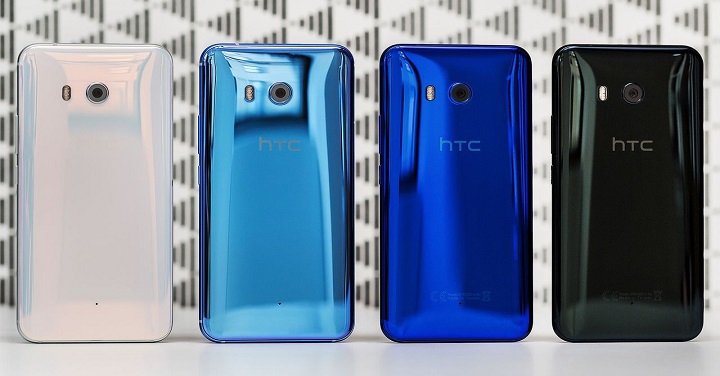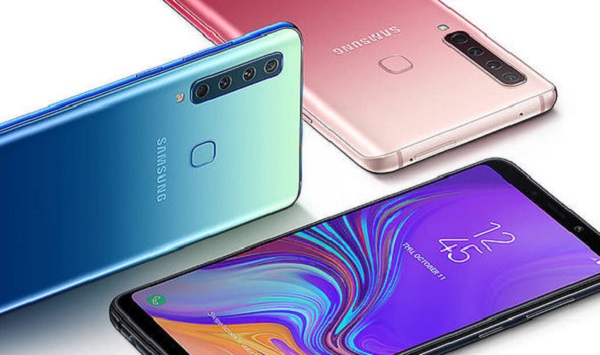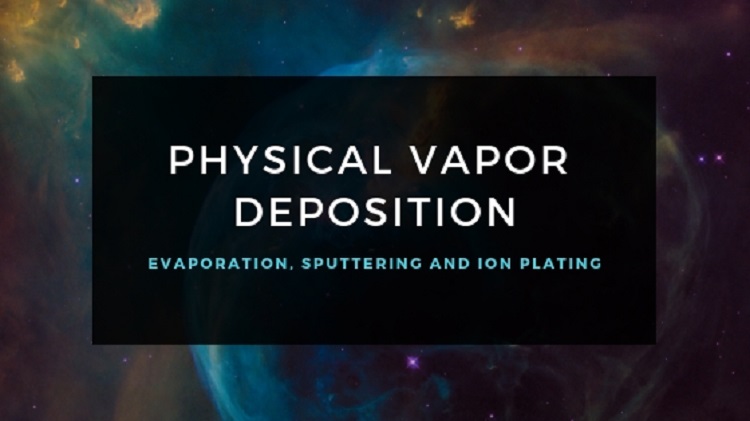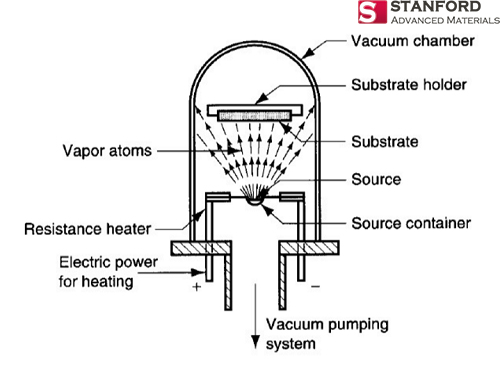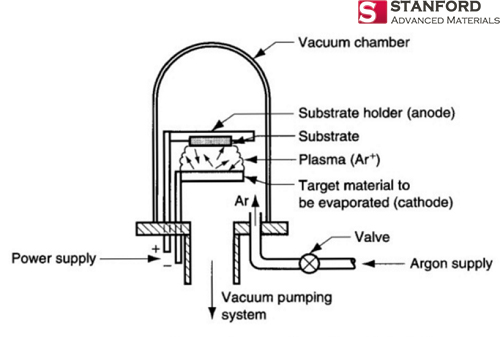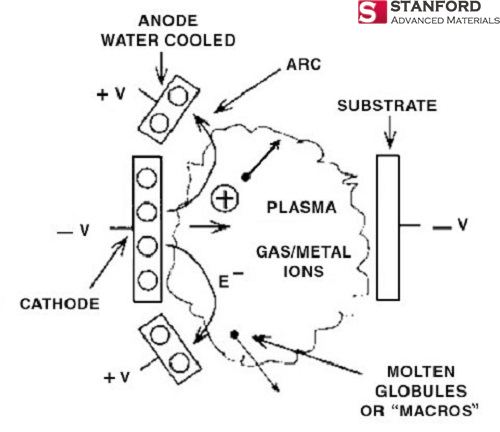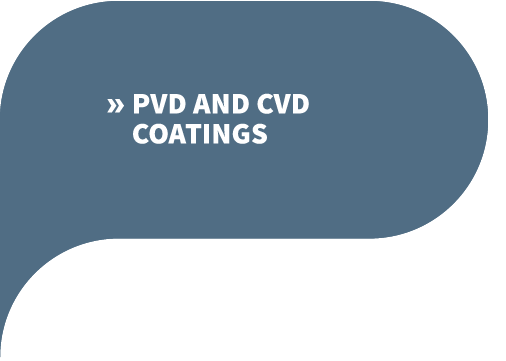Introduction
Standing on the cusp of the Fourth Industrial Revolution, commonly known as Industry 4.0, we find ourselves amid a transformative period in manufacturing. This article delves into the integral role of advanced coating technologies, connecting their evolution to the emerging trends in PVD technology. From the intricacies of smart manufacturing to the precision of engineering, we explore how Industry 4.0 propels the demand for innovative surface coatings.
Understanding Industry 4.0
Industry 4.0 signifies a monumental shift in manufacturing, embodying the integration of digital technologies into every facet of industry. This revolution harnesses the power of artificial intelligence, the Internet of Things (IoT), machine learning, data analytics, and advanced robotics. It builds upon the digital foundations laid by its predecessors, promising a connected, intelligent, and data-driven industrial landscape.
The Intersection of Industry 4.0 and PVD Technology
At its core, Industry 4.0 seamlessly merges technologies like artificial intelligence, the Internet of Things, and data analytics. This integration profoundly influences surface engineering, with Physical Vapor Deposition (PVD) technology playing a pivotal role. In the context of Industry 4.0, PVD processes transcend conventional surface coating; they become integral components within a connected, intelligent manufacturing ecosystem. This ecosystem relies on real-time adaptability and data-driven insights, with PVD coatings facilitating these features.
Precision Coatings for Smart Manufacturing
In the realm of Industry 4.0, precision is paramount. Advanced coating technologies, particularly those facilitated by PVD processes, contribute significantly to the precision required for smart manufacturing. Coatings engineered at the nanoscale are crucial for components demanding precision, such as sensors, actuators, and microelectromechanical systems (MEMS). These coatings enhance wear resistance, reduce friction, and provide thermal stability, ensuring the optimal performance of interconnected components within the Industry 4.0 framework.
Real-world Applications
Let’s transition from theory to practice by examining real-world applications where advanced coatings play a pivotal role in smart manufacturing. In aerospace, high-performance coatings withstand extreme conditions and enhance fuel efficiency. In electronics, nanoscale coatings enable device miniaturization and improve overall performance. The automotive industry benefits from PVD coatings providing durability and aesthetics to components. Each application exemplifies the symbiosis between Industry 4.0 principles and advanced PVD coating technologies.
Future Prospects
As we conclude, let’s peer into the prospects of advanced coating technologies within the Industry 4.0 framework. The evolving landscape envisions even more interconnected, intelligent manufacturing systems. PVD technology, with its ability to deliver precisely, tailored coatings, is poised to be a linchpin in this future industrial ecosystem. This integration promises to revolutionize surface engineering, ushering in a new era of precision, efficiency, and unprecedented possibilities.
Conclusion
In the era of Industry 4.0, the story of advanced coating technologies and PVD is one of collaboration and innovation. As we navigate the future, the integration of these technologies promises to revolutionize the way we approach surface engineering, setting the stage for a new era of precision, efficiency, and unprecedented possibilities.


